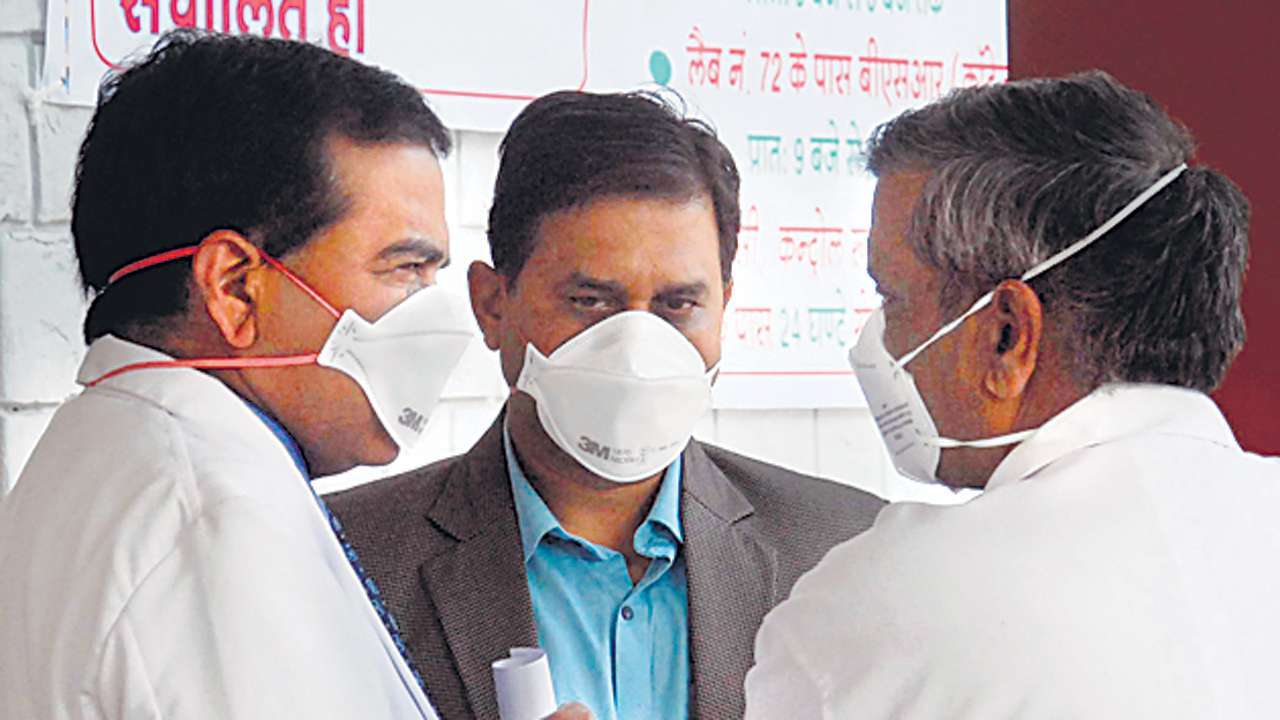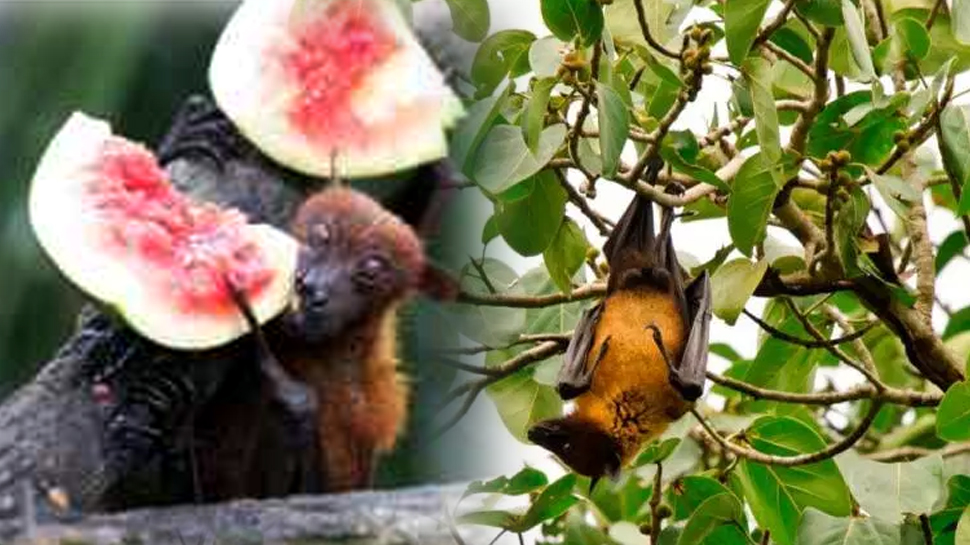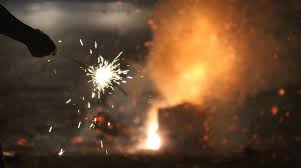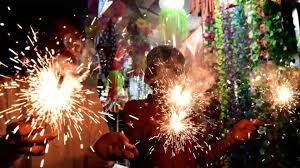Feature
Nipah scare: No need to panic; adopt good hygiene practices

Simple good hygiene practices such as frequent hand washing and cooking food properly before consuming can help you avoid contracting the brain-damaging Nipah virus which has claimed 12 lives in Kerala till now and led to quarantining of at least 40 others, health experts suggest.
The Nipah virus is a zoonotic disease that is naturally transmitted from vertebrate animals to humans, while human-to-human transmission has also been documented.

First identified among pig farmers in Malaysia, the disease also surfaced in Siliguri, West Bengal, in 2001 and again in 2007.
Historically, the virus had largely remained in a cluster, meaning it was mostly confined to an area, and affected those that came in close contact to the patients, the experts said.
The latest outbreak in India has so far affected mainly four districts of Kerala — Kozhikode, and its neigbouring districts of Malappuram, Kannur and Wayanad. People in other states do not have much to worry, unless they need to travel to the affected areas, or come in contact with someone who has contracted the virus.

“All the previous such epidemics were reported to be in clusters and historical evidence shows no simultaneous outbreaks,” Vidya Menon, Clinical Professor at the Department of Medicine, Amrita Institute of Medical Sciences, Kochi, told IANS.
“So people who come in close contact of the patients are usually the ones who acquire the disease. If that contact group increases or travel to other places, the disease is likely to spread,” Menon said.
Nipah virus can be transmitted by infected pigs, or by fruit bats, through their secretions of saliva, urine or faeces.
The other mode of transmission is human to human, through body secretions and respiratory secretions.
Contracting Nipah causes an upper respiratory infection, leading to fever, body ache, breathlessness and cough.

“There is no need to panic, but if you have symptoms similar to this or if you have visited the state recently, visit a doctor at the earliest,” Suranjit Chatterjee, Senior Consultant – Internal Medicine at the Indraprastha Apollo Hospitals, New Delhi, told IANS.
Depending upon the exposure to the virus, it can also proceed to further complication like Encephalitis — inflammation of the brain. This can result in mental confusions and deteriorate to coma.
“The progression is very severe. While the incubation period is long for some, on an average in 90 per cent of cases, the disease manifests itself within two weeks of exposure to the virus,” Menon said.
“Those infected should be isolated for at least 10-15 days, till the virulence of the virus settles and our immune system also starts fighting,” Vikas Maurya, Head of Department – Pulmonolgy, Fortis Hospital – Shalimar Bagh, New Delhi, told.
There is no real treatment but supportive care is given to the affected patients, which means treating the symptoms differently.

“For example, people suffering from fever are treated for it, for those with breathlessness support is provided to them with artificial ventilators, and for those with seizures or convulsions anti-epileptic drugs are given as a support to the brain,” Menon said.
The Kerala government has now recommended using Ribavarin — an anti-viral — as a life-saving measure. It is not a proven treatment, but it is approved because of a few studies that have proved the anti-viral’s benefits.
“Beginning Thursday, the Kerala government has recommended using Ribavarin — an anti-viral — but only in proven cases,” Menon said.
Lauding the efforts by the government officials, Menon said, “The situation seems to be under control, the state public health department has done a remarkable job in containing the disease so far. There is no need to panic.”
Besides maintaining hygiene, the experts suggested to avoid eating fruits that has any paw marks on it or is contaminated. Food should be properly cooked before consuming.
Restricting mobility to and fro to the affected areas can curtail the virus up to some extent, Chatterjee suggested.
“If you are travelling to the infected area, use a general mask. While coughing close your mouth with a handkerchief or cough on your sleeve, wash hands properly, and maintain hygiene,” Menon said.
Entertainment
Meghalaya Reserves Legalized Gambling and Sports Betting for Tourists

The State Scores Extra High on Gaming-Friendly Industry Index
Meghalaya scored 92.85 out of 100 possible points in a Gaming Industry Index and proved to be India’s most gaming-friendly state following its recent profound legislation changes over the field allowing land-based and online gaming, including games of chance, under a licensing regime.
The index by the UK India Business Council (UKIBC) uses a scale of 0 to 100 to measure the level of legalisation on gambling and betting achieved by a state based on the scores over a set of seven different games – lottery, horse racing, betting on sports, poker, rummy, casino and fantasy sports
Starting from February last year, Meghalaya became the third state in India’s northeast to legalise gambling and betting after Sikkim and Nagaland. After consultations with the UKIBC, the state proceeded with the adoption of the Meghalaya Regulation of Gaming Act, 2021 and the nullification of the Meghalaya Prevention of Gambling Act, 1970. Subsequently in December, the Meghalaya Regulation of Gaming Rules, 2021 were notified and came into force.
All for the Tourists
The move to legalise and license various forms of offline and online betting and gambling in Meghalaya is aimed at boosting tourism and creating jobs, and altogether raising taxation revenues for the northeastern state. At the same time, the opportunities to bet and gamble legally will be reserved only for tourists and visitors.
“We came out with a Gaming Act and subsequently framed the Regulation of Gaming Rules, 2021. The government will accordingly issue licenses to operate games of skill and chance, both online and offline,” said James P. K. Sangma, Meghalaya State Law and Taxation Minister speaking in the capital city of Shillong. “But the legalized gambling and gaming will only be for tourists and not residents of Meghalaya,” he continued.
To be allowed to play, tourists and people visiting the state for work or business purposes will have to prove their non-resident status by presenting appropriate documents, in a process similar to a bank KYC (Know Your Customer) procedure.
Meghalaya Reaches Out to a Vast Market
With 140 millions of people in India estimated to bet regularly on sports, and a total of 370 million desi bettors around prominent sporting events, as per data from one of the latest reports by Esse N Videri, Meghalaya is set to reach out and take a piece of a vast market.
Estimates on the financial value of India’s sports betting market, combined across all types of offline channels and online sports and cricket predictions and betting platforms, speak about amounts between $130 and $150 billion (roughly between ₹9.7 and ₹11.5 lakh crore).
Andhra Pradesh, Telangana and Delhi are shown to deliver the highest number of bettors and Meghalaya can count on substantial tourists flow from their betting circles. The sports betting communities of Karnataka, Maharashtra, Uttar Pradesh and Haryana are also not to be underestimated.
Among the sports, cricket is most popular, registering 68 percent of the total bet count analyzed by Esse N Videri. Football takes second position with 11 percent of the bets, followed by betting on FIFA at 7 percent and on eCricket at 5 percent. The last position in the Top 5 of popular sports for betting in India is taken by tennis with 3 percent of the bet count.
Local Citizens will Still have Their Teer Betting
Meghalaya residents will still be permitted to participate in teer betting over arrow-shooting results. Teer is a traditional method of gambling, somewhat similar to a lottery draw, and held under the rules of the Meghalaya Regulation of the Game of Arrow Shooting and the Sale of Teer Tickets Act, 2018.
Teer includes bettors wagering on the number of arrows that reach the target which is placed about 50 meters away from a team of 20 archers positioned in a semicircle.
The archers shoot volleys of arrows at the target for ten minutes, and players place their bets choosing a number between 0 and 99 trying to guess the last two digits of the number of arrows that successfully pierce the target.
If, for example, the number of hits is 256, anyone who has bet on 56 wins an amount eight times bigger than their wager.





















